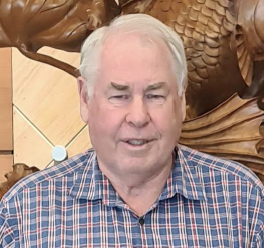It is with great sadness the family and business partners post this notice to say that John Halkett has passed away suddenly and without any warning on Tuesday afternoon 10th October, at his home in Potts Point, Sydney.
As much a force of nature as the trees he loved, John was the Co-founder of Timber Media Australasia, managing director of Forestlands Consulting and the general manager of the Australian Timber Importers Federation. He wrote multiple books and scientific papers on the importance of trees and forests in the world and was a powerful font of enthusiasm and expertise for forestry… Read more “Rest in peace, John. You will be sorely missed.”
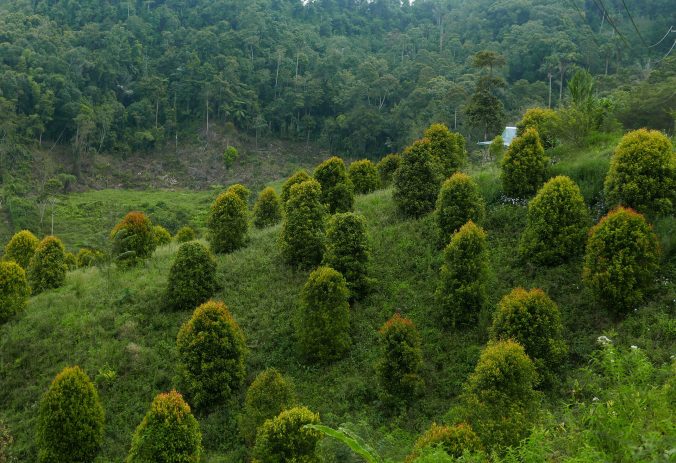
Spice islands tree key to seventeenth-century colonisers’ trade
Clove plantations were forbidden by the seventeen century Dutch outside a few islands in the Moluccas to preserve their monopoly.
Along with other ‘spices’ cloves (Syzygium aromaticum) were part of the driving force behind the rush by the European seventeenth-century colonising nations, including the Dutch, British and Spaniards to find a passage around Cape Horn to ‘claim’ parts of southeast Asia and exploit the ‘spices’ and ship them back to Europe where they were valuable and a welcome improvement to traditional diets.
Cloves are one of the prized spices traded since ancient times through… Read more “Spice islands tree key to seventeenth-century colonisers’ trade”
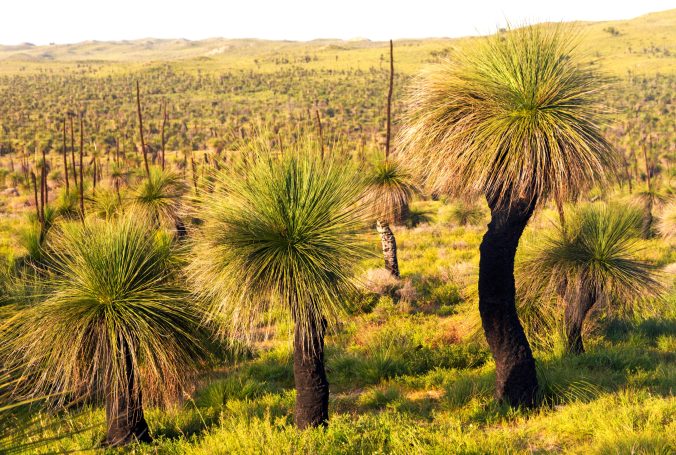
Iconic grass trees a distinctive feature of inland Australia
Perennial, flowering plants with some species growing to six metres tall.
Grass trees (Xanthorrhoea) are an endemic Australian genus of 28 species, only a few of which grow substantial above-ground stems. They are iconic perennial, flowering plants with the smallest species growing to about a metre and others reaching 6 metres tall.
Grass trees have a unique structure, with a true stem of fibrous conducting tissue supported by a sheath of tightly packed old leaf bases glued by a reddish crystalline resin.
Hundreds of very narrow, hard-textured leaves radiate from the apex of each branch. … Read more “Iconic grass trees a distinctive feature of inland Australia”
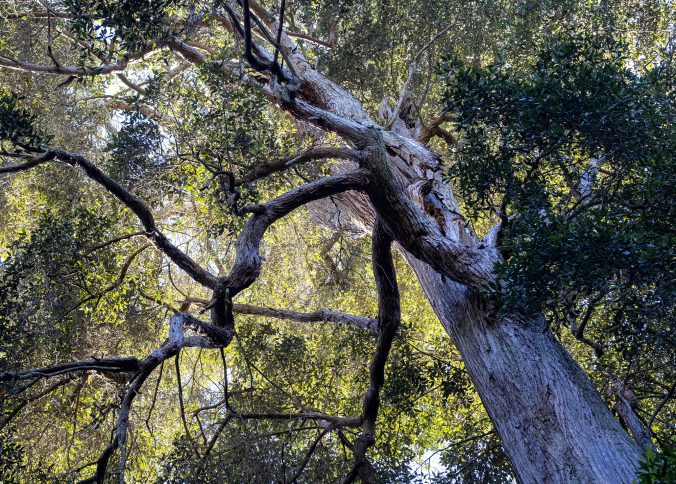
Used around the world for construction in seawater
Turpentine timber is durable in exposed positions and is highly resistant to damage by fire and attack by white ants and marine borers.
Another preeminent Australian tree is turpentine, renowned throughout the world for its durability, especially for use for heavy construction for jetties, wharves and in other seawater environments.
Turpentine is a large tree usually 40-45 metres in height in 1.0-1.3 metres in diameter, but not uncommonly attaining 55 metres in height in a from 2.0-2.5 metres in diameter on optimum sites. The trunk is straight and of good form with little taper up to two-thirds… Read more “Used around the world for construction in seawater”
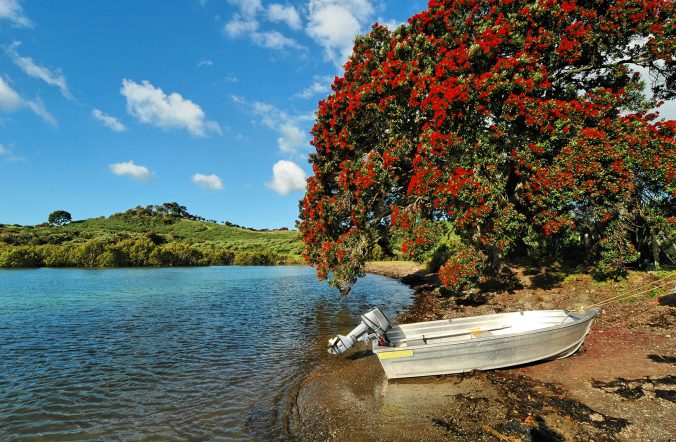
Coastal beauty a New Zealand Christmas celebration
The pōhutukawa is one of twelve Metrosideros species endemic to New Zealand and has an important place in New Zealand culture for its strength and beauty.
The pōhutukawa (Metrosideros excelsa), is New Zealand’s most colourful flowering tree. Its canopy bursts into a sheet of brilliant crimson red (or occasionally orange, yellow or white) blossom in early summer, which earns it the alternative name of New Zealand Christmas Tree.
Pōhutukawa is a coastal evergreen tree in the myrtle family, Myrtaceae and it found on the Northern half of the New Zealand ‘s North Island, evergreen coastal forest… Read more “Coastal beauty a New Zealand Christmas celebration”
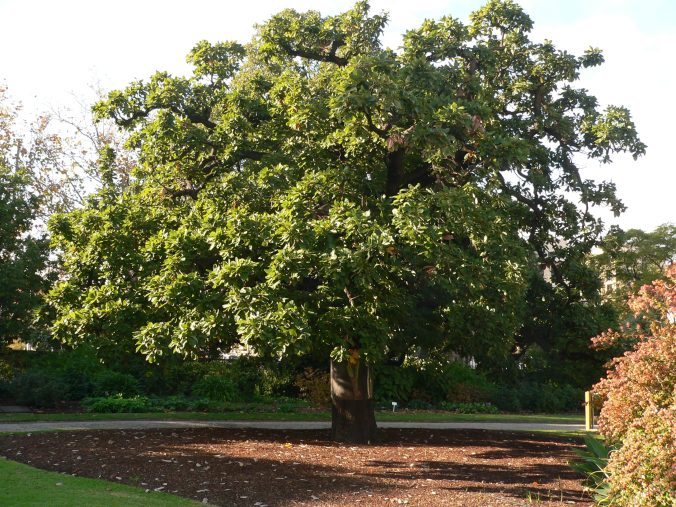
Algerian oak planted to mark British superiority
Tree planting to mark first all-Australian conference in February 1890 to discuss the introduction of a federal system of government.
Australia’s foundation strong colonial ties continued to be evident in the selection of trees planted to mark formal occasions, such as visits by British royalty or a commemoration by early Sydney-based governors and other dignitaries.
When the NSW Premier Sir Henry Parkes presided over the first all-Australian conference in February 1890 to discuss the introduction of a federal system of government, he planted and an oak tree in the gardens of Parliament… Read more “Algerian oak planted to mark British superiority”
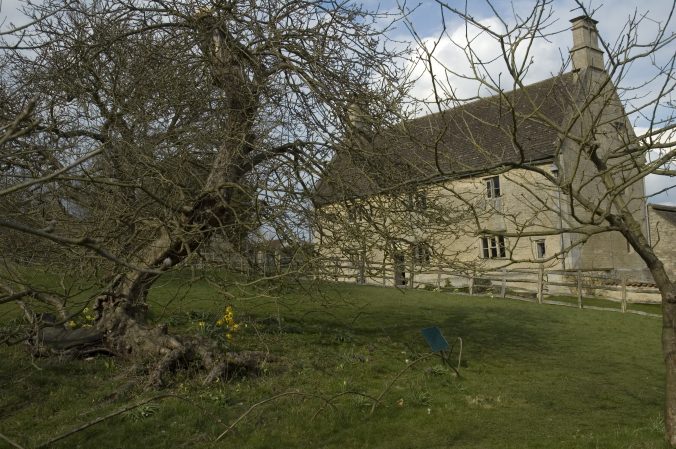
Foundation tree of scientific knowledge
An apple tree has grown at Isaac Newton’s mother’s Lincolnshire home for hundreds of years, honoured as the inspiration for his celebrated science.
In 1666 Isaac Newton asked: “Why should that apple always descend perpendicular to the ground? … Why should it not go sideways, or upwards, but constantly to the earth’s centre? Assuredly, the reason is, that the earth draws it.” With that the origin story of Newton’s theory of gravity was born.
Seventeenth century philosopher William Stukeley records the after dinner with this friend Isaac Newton, the two of them went outside where, “under the … Read more “Foundation tree of scientific knowledge”
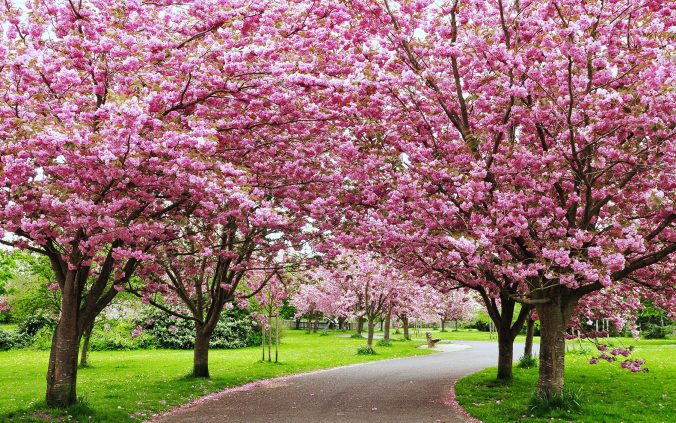
Exquisite, specular cherry blossoms
Japan is particularly famous for its cherry blossom due its large number of varieties and the nationwide celebrations during the blooming season.
A cherry blossom is the flower from a Prunus tree, of which there are many different kinds. Cherry blossoms are found throughout the world being especially common in regions in the Northern Hemisphere with temperate climates, including Japan, China, and Korea, as well as Nepal, India, Pakistan, Iran, and Afghanistan, and several areas across northern Europe.
Japan is particularly famous for its cherry flowers due its large number of varieties… Read more “Exquisite, specular cherry blossoms”
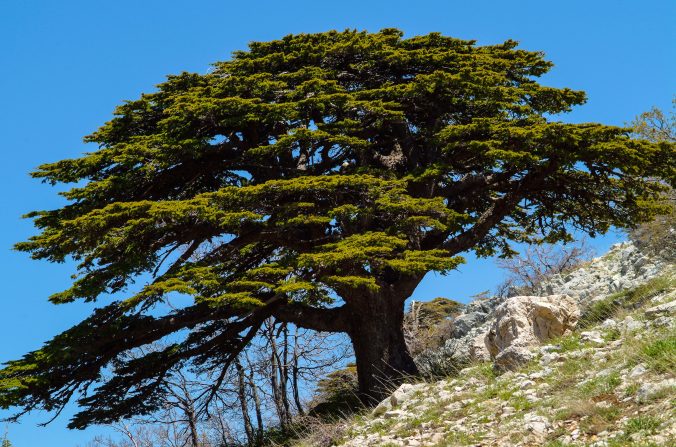
Tree that powered the development of civilisation
10,000 years ago, vast cedar forests stretched across the eastern Mediterranean towards Mesopotamia and what is now southwestern Iran.
The cedar of Lebanon or Lebanese cedar is a species of tree in the pine family, native to the mountains of the Eastern Mediterranean basin. It is a large evergreen conifer that has great religious and historical significance in the cultures of the Middle East, and is referenced many times in the literature of ancient civilisations.
It is no exaggeration to say that the magnificent cedar of Lebanon played a crucial role in the development of civilisation. We … Read more “Tree that powered the development of civilisation”
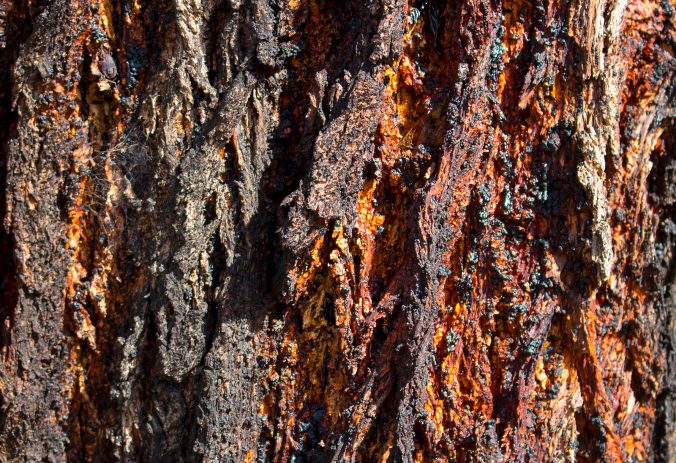
Ironbark trees … part of the Australian lexicon
Ironbark trees are well woven into Australia’s folklore. They feature in poetry and essays from colonial times to the present. A common name of a number of species in three Eucalyptus groups, ironbark trees have dark, deeply furrowed bark. They are probably the most distinctive and easily recognised tree of the Australian eucalypt forest and are the source of some of our highest quality hardwoods.
Instead of being shed annually as in many of the other species of Eucalyptus, the dead bark accumulates on ironbark trees, forming the fissures. It becomes rough after drying out and becomes impregnated… Read more “Ironbark trees … part of the Australian lexicon”
